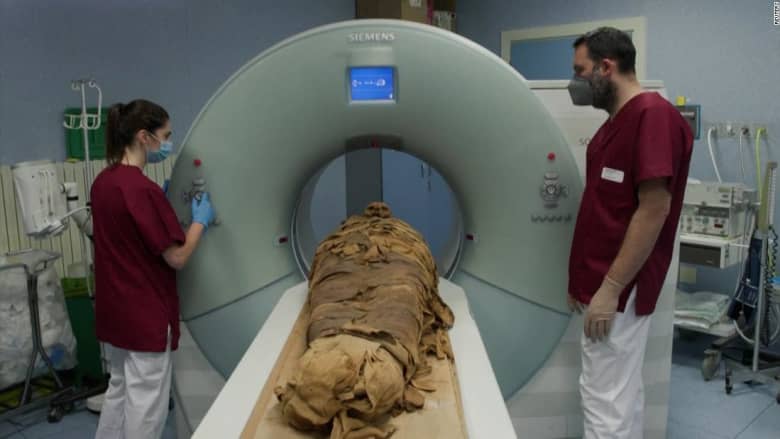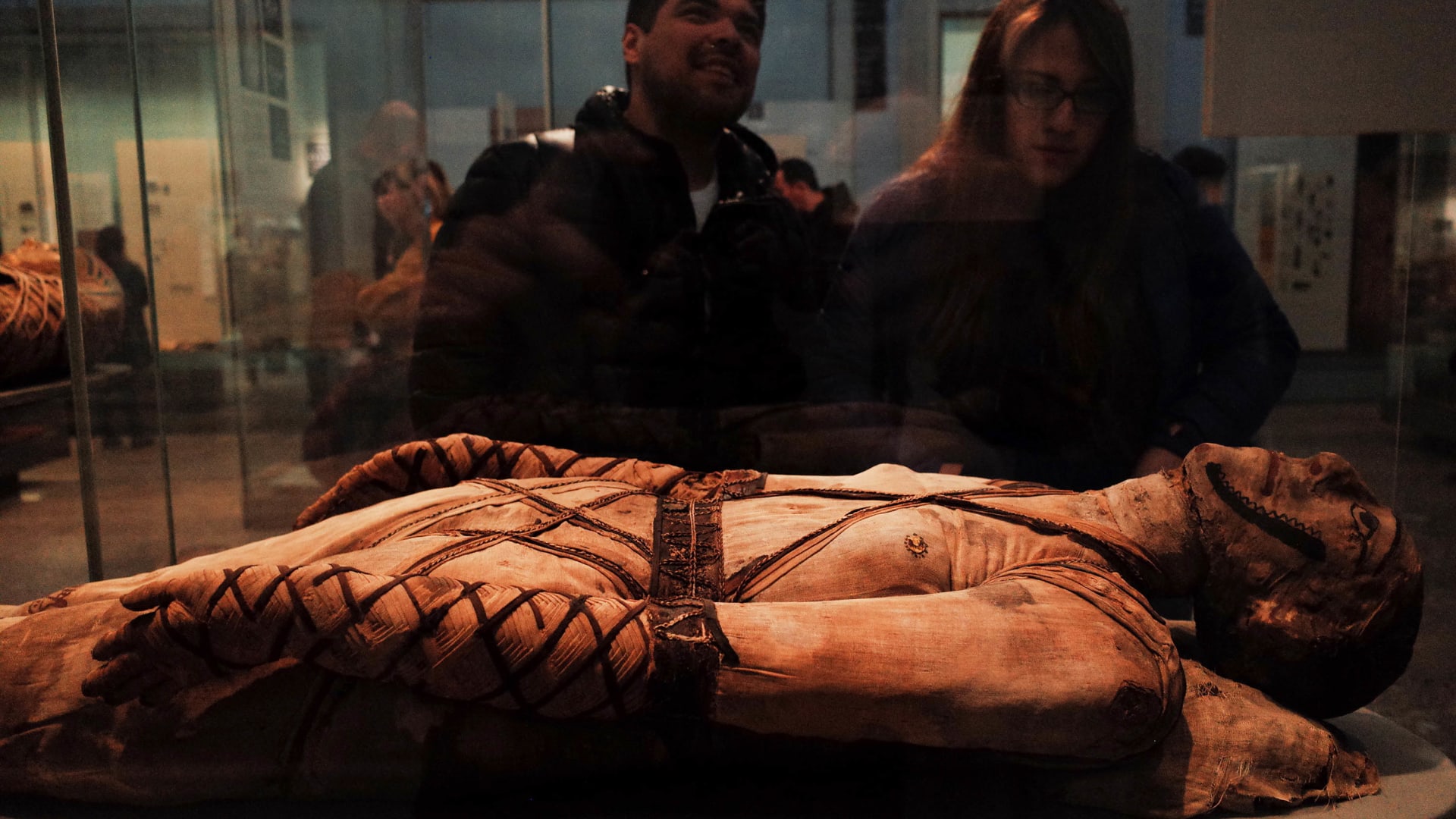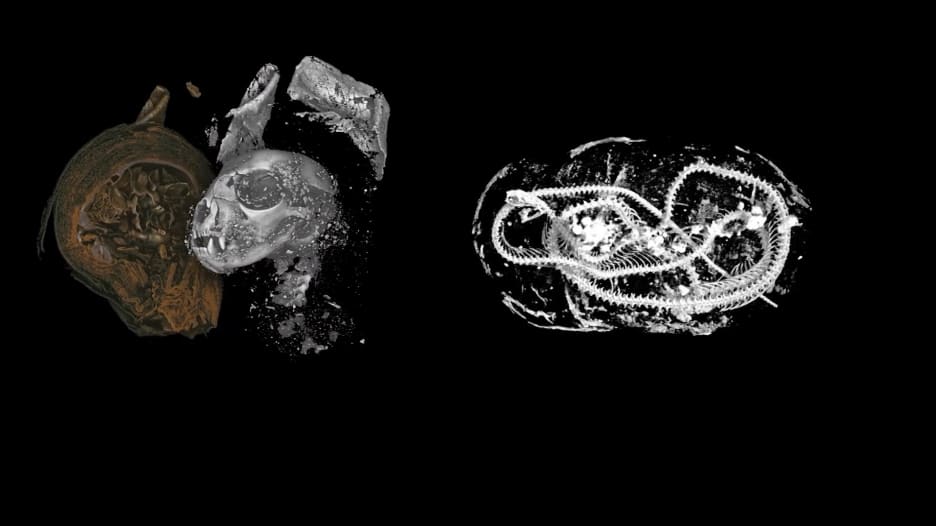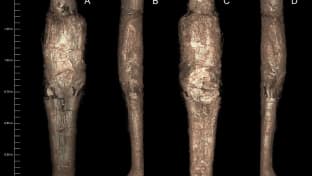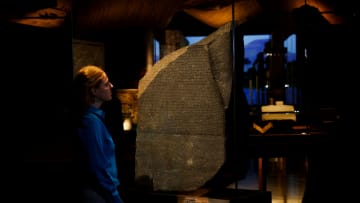دبي، الإمارات العربية المتحدة (CNN) -- تُعد "المومياوات" من بين أشهر المعروضات في المتاحف بجميع أنحاء العالم، كما أنّ اسمها اقترن بأفلام رائجة في هوليوود.
ومع ذلك، قررت بعض المتاحف في بريطانيا استخدام عبارة أخرى غير "مومياء" لوصف ما تعرضه من رفات بشرية تعود لمصر قديمة، وبدأت في تبني مصطلحات مثل "شخص محنّط"، أو استخدام اسم الفرد نفسّه للتأكيد على أنّهم كانوا على قيد الحياة يومًا.
وقد يؤدي استخدام لغة مختلفة لوصف هذه الرفات البشرية أيضًا إلى دحض الصورة النمطية حول المومياوات في الثقافة الشعبية، والتي تميل إلى "تقويض إنسانيتها" من خلال "الأساطير حول لعنة المومياء" وتصويرها على أنّها "وحوش خارقة للطبيعة"، حسبما ذكرته جو أندرسون، وهي مساعدة أمين الآثار بمتحف الشمال العظيم: هانكوك في مدينة نيوكاسل، بشمال شرق إنجلترا، في مدونة، نُشرت بمايو/ أيار عام 2021، أوضحت فيها تغيير لغة متحفها.

ومن جهته، قال دانيال أنطوان، وهو أمين قسم المتحف البريطاني لمصر القديمة والسودان، لـ CNN: "رغم أن مجال الآثار كان يبحث في أنسب طريقة لعرض الرفات البشرية لنحو 30 عامًا ... من حيث استخدام كلمة مومياء، أعتقد أن هذا هو الأحدث".
وأضاف: "لدينا بقايا بشرية من جميع أنحاء العالم، وقد نغير المصطلحات التي نستخدمها اعتمادًا على ... كيف تم الحفاظ عليها، لدينا مومياوات مصرية طبيعية تعود لعصر ما قبل الأسرات، لذلك سنشير إليها على أنّها مومياوات طبيعية لأنهم لم تحنّط بشكل مصطنع".
وأوضحت بعض المتاحف لـ CNN أنّ استخدام مصطلح "بقايا محنّطة" يمكن أن يشجع الزوار على التفكير في الشخص الذي كان يومًا على قيد الحياة.
وأظهرت النتائج الأولية من البحث الذي أعدّه متحف الشمال العظيم: هانكوك، حول تجربة الزائر، من خلال عرض المومياء المصرية المحنطة المعروفة بـ"إرتير"، أن العديد من الزوار "لم يدركوا أنّها كانت شخصًا حقيقيًا"، حسبما ذكره مدير المتحف، آدم جولد ووترن في بيان لشبكة CNN.
وأوضح أنّه من خلال "عرضها بشكل أكثر حساسية، نأمل أن يرى زوارنا بقاياها على حقيقتها - وليس كموضوع مثير للفضول، بل كإنسانة حقيقية كانت على قيد الحياة يومًا، ولديها اعتقاد محدد للغاية حول كيفية معاملة جسدها بعد الموت".
وتختلف المتاحف في مقاربتها لكلمة "مومياء".
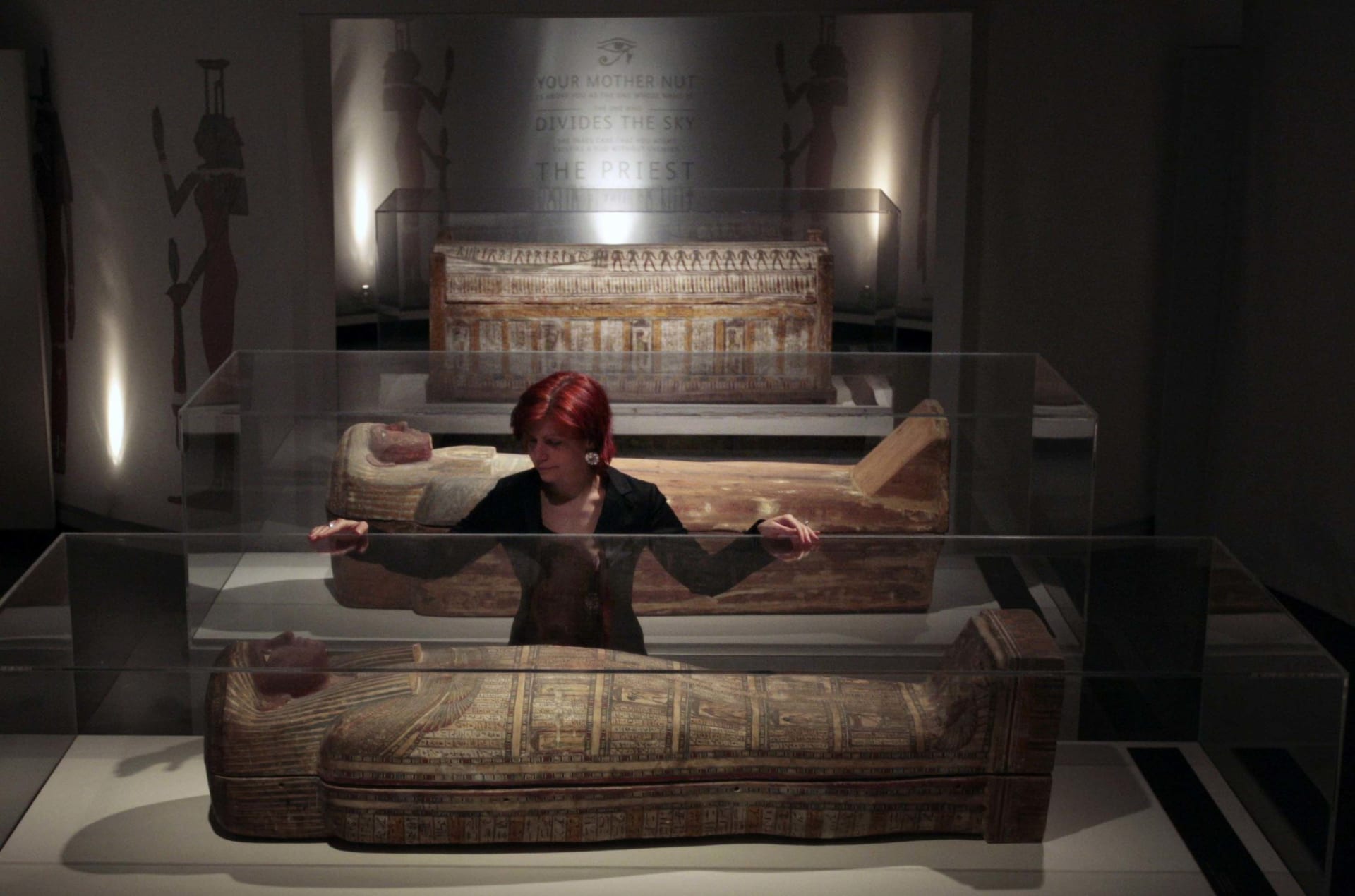
وأوضح المتحف البريطاني لـCNN في بيان، أنّه "لم يحظر استخدام مصطلح مومياء"، وأنّه لا يزال قيد الاستخدام في صالات العرض لديهم.
ومع ذلك، جاء في البيان: "استخدمت معروضاتنا الأخيرة مصطلح "بقايا محنّطة"، وتتضمن اسم االشخص المحنّط (إذا كان معروف الهوية) ... [للتأكيد] على ان تلك البقايا المحنطة لأناس كانوا على قيد الحياة من قبل".
وفي غضون ذلك، قال متحدث باسم متحف اسكتلندا الوطني، في مدينة إدنبرة، لـCNN، إنّ مصطلح "مومياء" يُعد حديثًا، وليس قديمًا، وأن المتحف يستخدمه على أنه "صفة للمعروضات".
وأضاف أنّ المتحف يستخدم مصطلحات" مثل "قناع المومياء"، و"حافظة المومياء"، و"ضمادة المومياء"، على ملصقاته.
وتابع: "مثل العديد من المتاحف، تشكّلت الجوانب المهمة لمجموعاتنا، والطريقة التي نعرضها بها، من خلال التفكير والإجراءات الإمبريالية والاستعمارية التي استندت إلى الفهم العنصري للعالم".
وأشار المتحدث إلى أنّه، لمجابهة ذلك، يدرس المتحف كيفية تمثيل الماضي الإمبريالي والاستعماري للجمهور، مضيفًا: "في صالات العرض الخاصة بنا، نجري تغييرات على المعروضات والتسميات لمعالجة التحيز التاريخي".
وعلى سبيل المثال، يقوم المتحف بتغيير لوحة الشرح المصاحبة لرجل محنّط للتركيز على "كيف اندمجت مصر القديمة في فكرة" الحضارة الغربية"، لفصل تراث مصر القديم عن مصر الحديثة، حسبما ذكره المتحدث باسم متحف اسكتلندا الوطني.
ووصفت لوحة الشرح السابقة كيف أعاد المسؤول الاستعماري البريطاني، السير كولين سكوت مونكريف، هذا الرفات المحنّط بعد العمل بمشاريع بناء السدود على نهر النيل.
